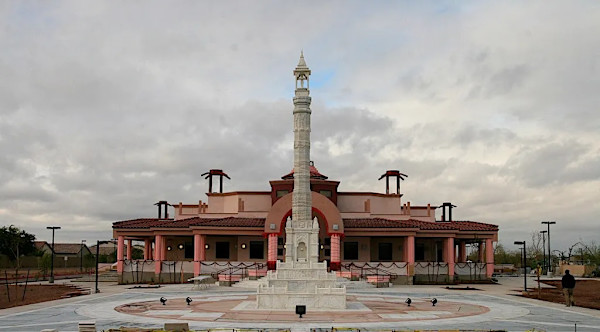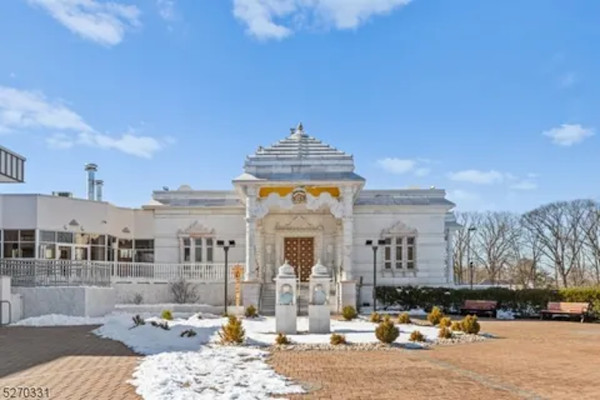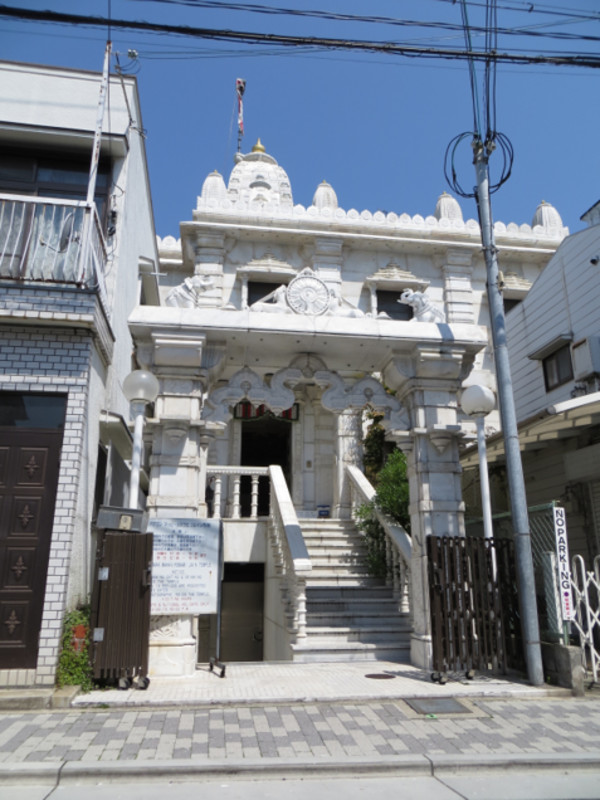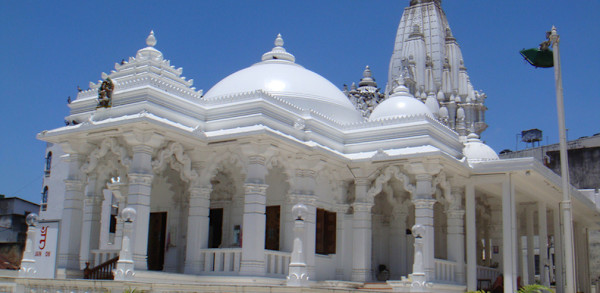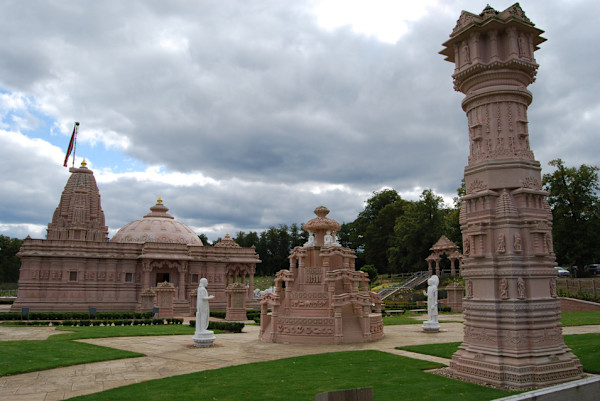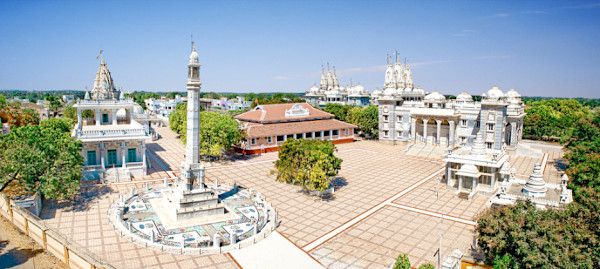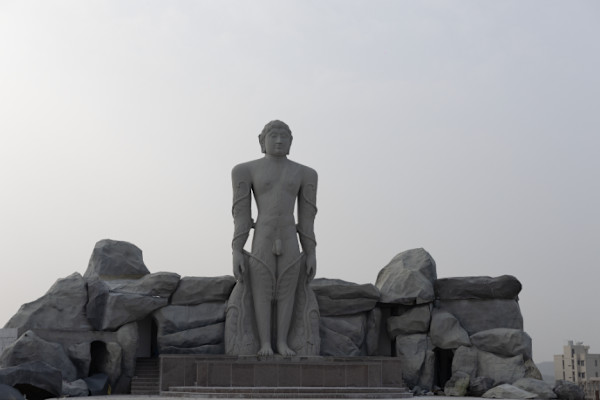Global and Contemporary Jain Temples x
During the 1890s some Jains began to migrate to eastern Africa, leading to the establishment of temples in other countries. One of the earliest Jain temples to be constructed outside India was in Nairobi, Kenya in 1926. Now Jains have a global presence and large communities are settled not just in East Africa, but also Britain, Europe and North America. While Jain ascetics are not allowed to travel by transport and must walk on foot, there have been exceptions to this rule. With growing needs of the diasporic community some teachers have provided the community the spiritual support it needs. In recent decades, lower order Terapanthi male and female ascetics have been granted special dispensation to travel abroad, to study, advocate Jain ideals and support the community’s religious needs. We already came across the example of Acharya Sushil Kumar (1926-94) who in 1975 traveled by air to the United States and with lay supporters founded Siddhachalam, a religious center in New Jersey.
Many Jains including the diaspora are followers of Srimad Rajcandra (1867-1901), a layman from Gujarat, whose teachings on the true nature of the soul based on Digambar texts, especially Kundakundacarya’s writings, had a tremendous influence on the community. Rajchandra is most well-known for his association with Gandhi and though he did not travel abroad, many temples with sections dedicated to him exist in East Africa, Britain and North America. Another successful 20th century movement has been the Kanji Swami Panth centered in Songadh, Gujarat. A charismatic leader, Kanji Swami emphasized spiritual inwardness and postulated a form of Jainism which is less ritualistic and ascetic. He himself visited Mombasa in order to preach and inaugurate temples abroad. Kanjiswami has a large following in India and abroad, especially Britain and North America. Many members of the Phoenix Jain community are ardent followers and maintain close connections with Songadh.
Since the 1960s large numbers of Jain temples have been constructed in Kenya, Great Britain, United States of America, Canada, Japan, Belgium and more. While trying to abide by the architectural and municipal norms of the locality they prosper in, these temples may or may not retain traditional features of an Indian temple. As seen in the examples here, some have incorporated the concept of toranas (gateways), shikharas (towers), manastambhas (symbolic free-standing pillars) and are constructed in white marble or red sandstone. While some continue to function as neutral community halls, there are also temples that might be used by Hindus, Jains and Sikhs simultaneously, with sections devoted to specific deities. Some contemporary temples in India and sections in temples abroad focus on meditation and scriptures and have sacred scriptures engraved on their walls. Depending on the context, the patrons' affinities, means, rules and regulations, these temples take on various forms and meanings.
